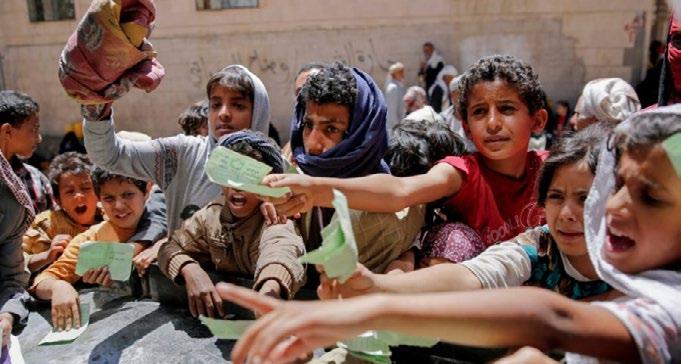Leadership
Virtual School 2020-2021
Jennifer DeLashmutt, Director of Curriculum and Professional Learning
The 2020-2021 school year began like no other. We are so very fortunate to have been given permission to welcome students, faculty and staff on our campus for face to face learning. School opened for our first day on August 10, 2020 and most of our students and faculty were on campus by the end of the week. Those who are not in Thailand or who are in quarantine, we are and have been connecting with virtually, since the onset of the school year.
airpods have better sound quality and allow the teacher to hear the comments and questions from the online students in one ear, while interacting and sharing with the students who are in the classroom. Additionally, teachers are creating screencasts or recordings of just the lesson, rather than the entire class session, and offering office hours to support students in their goal setting, time management and self-regulation.
At the time of this writing, almost all of our faculty members are back on campus and only a handful of students in each division are engaging in school virtually. ISB faculty and staff prioritised safety and routines over the summer, and developed plans for learning for those not yet on campus. As a team, we have been reviewing and revising our Virtual School learning plans based on our reflections from last spring. As we look ahead, we want to identify what we have learned from our Virtual School experiences and how we can continuously improve. Additionally, we have been revising our protocols and procedures, should we have to shut campus down abruptly due to any government response to COVID.
Teachers who still have students learning virtually are feeling the extra workload. As one would expect, some students are doing really well with virtual school, while others are missing the face to face learning opportunities that being on campus provides. One faculty member shared that the longer term virtual school students are being supported to help make connections with other students and customise their learning through breakout rooms for example, and some language classes will continue to use some form of Zoom, that best fits language learning.
For our students learning remotely, the year began with live Zooms for students to be a part of the class from afar. Zoom sessions were recorded for students to access lessons at an appropriate time, depending upon their location. The personalisation for students based on their needs and situations, as well as our reflections on our learning from last year have allowed virtual learning sessions to evolve. For example, we discovered that air pods work much better than a lapel microphone for teachers and students. The
When faculty and students arrive for the first time on campus, there is such a sense of gratitude and elation, “I am so happy to be here and back at school!� Many students and families know other students who are unable to be at their schools full time or at all due to COVID restrictions. We are fortunate to have the resources, tools and faculty to offer virtual school for all students like last spring, or for some of our students like this fall. Learning from our Virtual School experience last year, we know that learning is social and being together in the classroom is not to be taken for granted.
TOUCHSTONE Issue 1 / 2020-2021
5






























